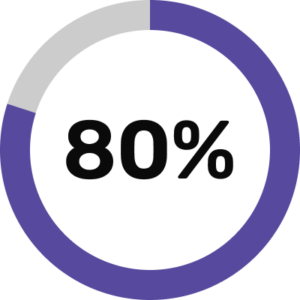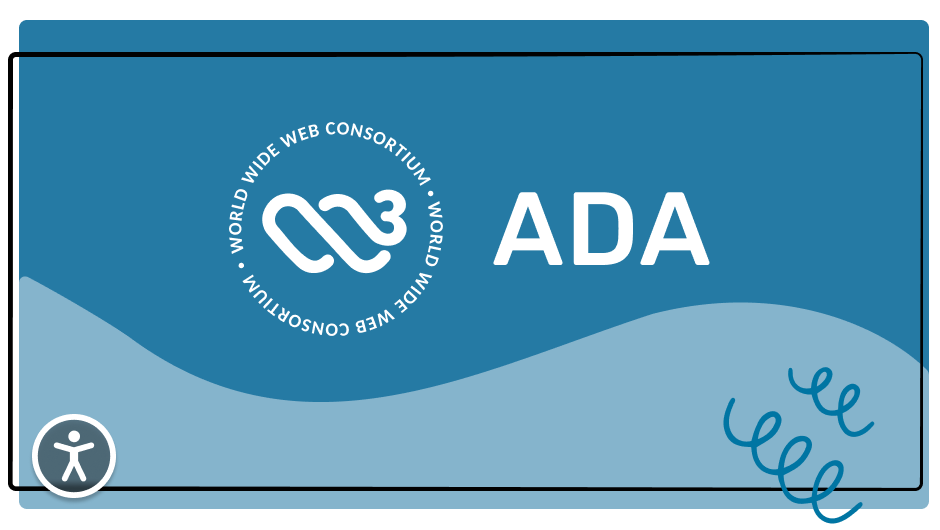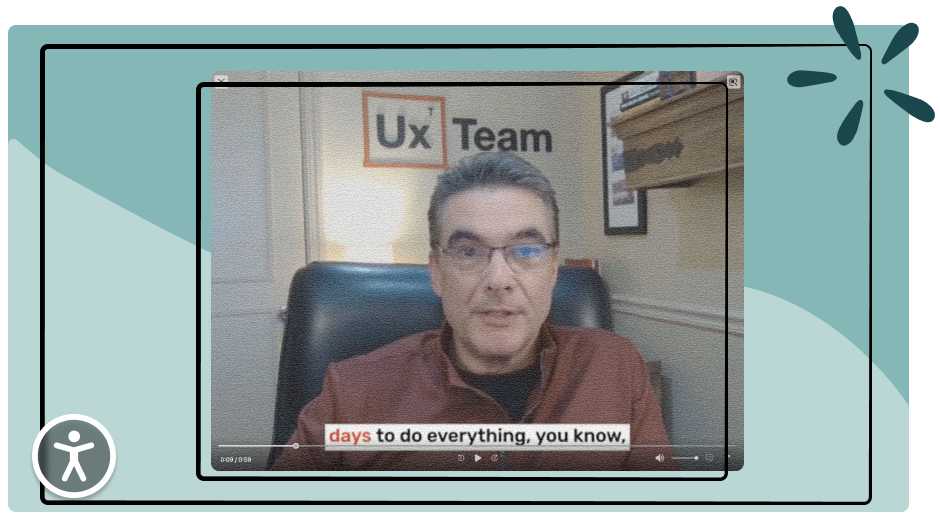
Why Accessible Enterprise Software Drives Business Success
In today’s fast-paced business environment, software must address the increasing demands of organizations striving to operate efficiently. However, it’s equally important to consider the needs of employees. While most software is designed for the majority of users, a significant and often overlooked group includes employees with disabilities. Beyond the legal and morally correct thing to do, ensuring your enterprise software is accessible for people with disabilities has many business advantages. Let’s examine how prioritizing accessibility can drive financial, operational, and strategic benefits.
Boost employee productivity
When software isn’t accessible, employees with disabilities cannot do their jobs effectively. This can lead to inefficient workarounds, decreased productivity, and, in some cases, being unable to perform certain tasks at all. On the flip side, when your software is built for accessibility, those employees can do their jobs more effectively and productively. Additionally, accessible software improves usability and efficiency for all users, not just those with disabilities.

Forrester Total Economic Impact Study Commissioned by Microsoft
Larger talent pool
Accessible software eliminates barriers for hiring employees with disabilities, opening up a diverse talent pool of applicants. By offering an inclusive work environment, companies can attract talented individuals who may have been previously excluded due to inaccessible work tools. This not only broadens your recruitment options but can also bring fresh perspectives, unique skills, and boost company morale.

Higher employee satisfaction
Thoughtful design choices for accessibility, such as simple navigation, clear language, and accessible tooltips, can help make software easier to learn, navigate, and use. This leads to a smooth user experience and minimizes frustration. When employees can easily locate the information they need, they can complete tasks more efficiently, gain confidence in their work, and experience higher job satisfaction. Feeling able to contribute effectively reinforces their value within the company.
Long-term cost savings
Key Takeaway
Incorporating accessibility into enterprise software is a smart business strategy. By boosting productivity, expanding the talent pool, enhancing employee satisfaction, and reducing long-term costs, accessible software delivers a competitive edge that benefits both the workforce and the bottom line. Prioritizing accessibility from the outset ensures an inclusive environment where every employee can thrive and succeed. In a world where efficiency and adaptability are crucial, accessible software is a necessity for sustainable success.




